Contents
- What are Thrips
- Thrip Lifecycle
- How to Identify Thrip Damage
- Manual Methods to Kill Thrips
- Organic Ways to Kill Thrips
- Chemical Pesticides to Kill Thrips
- How to Prevent Thrips
What are Thrips?
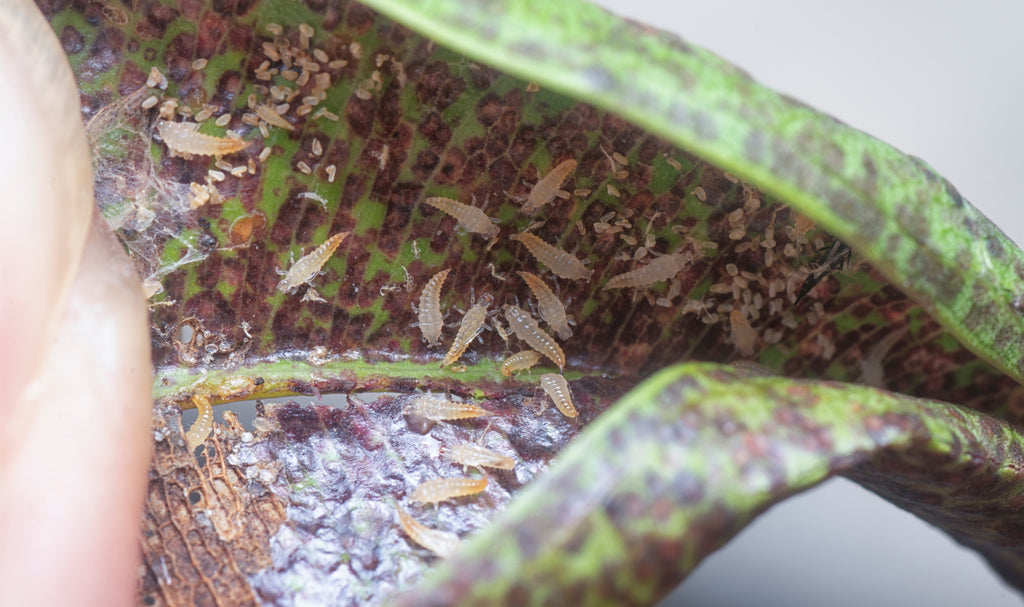
Thrips are tiny, winged insects that feed on the sap of plants. They are often black or brown in color and measure just a few millimeters in length. Thrips can cause damage to plants by feeding on their leaves, flowers, and fruits. This feeding can lead to stunted growth, yellowing leaves, and distorted flowers.
Thrip Lifecycle
The Lifecycle of the Thrip insect is quite complex, beginning with the adult female laying eggs in tiny cavities hidden close to the base of leaf sheaths as well as near growing tips. In about 3-7 days, depending on the weather conditions, the eggs hatch and young larvae start their quest for food. They consume plant sap from the tender parts of plants and could cause leaves to yellow and wilt. After a few weeks, they start pupating--a process where they change into an adult which usually takes 3-4 days. Adult thrips live on their host plants and can last anywhere from 15days up to 8 weeks, during which time they lay anywhere between 100-200 eggs. During these 8 weeks, Thrips can damage crops if not controlled properly by taking necessary precautionary measures against them.
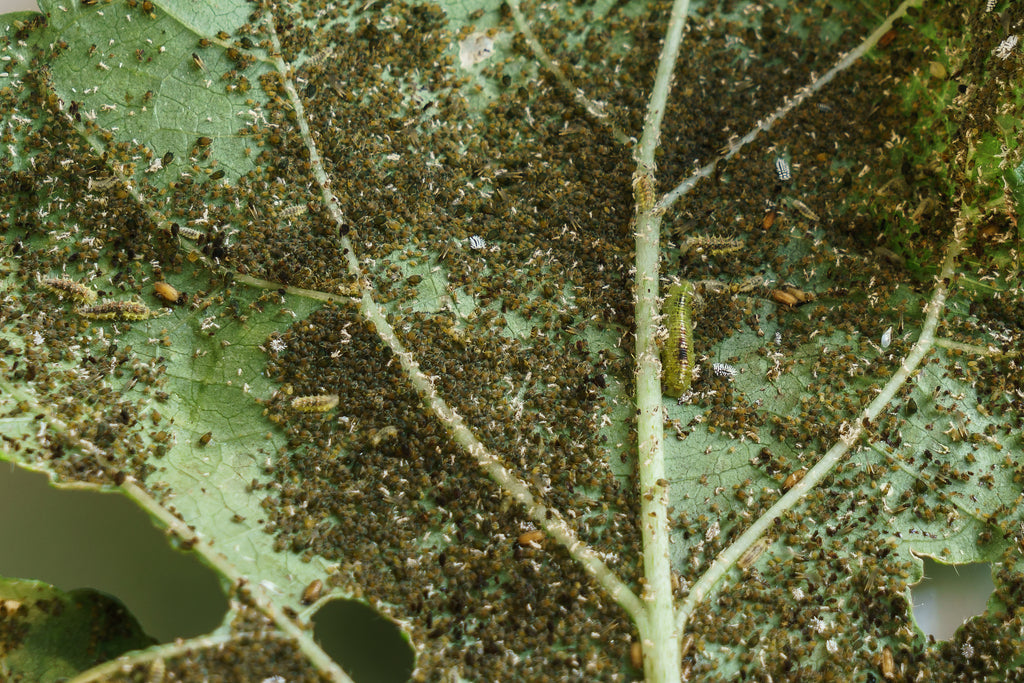
How to Identify Thrips Damage?
The best way to identify thrips damage is to look for their small, black or brown bodies on the leaves of your plants. You may also see silvery streaks on the leaves, which is caused by the insects sucking out the sap from the plant. One of the first signs of a thrip infestation is the presence of small, black spots on the leaves of your plant. These spots are actually the feces of the thrips and can lead to yellowing or discoloration of the leaves. You may also notice that your plant's leaves are curling or distortion If you suspect that your plant has thrips, it is important to take action immediately in order to prevent further damage.
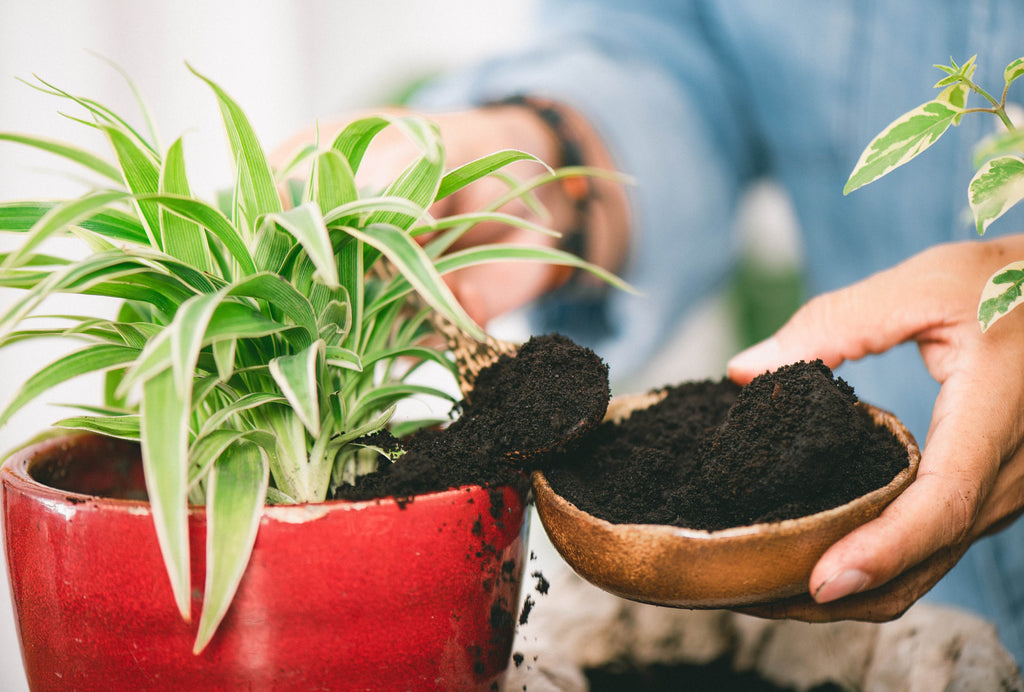
Manual Methods to Kill Thrips
Manual methods can be used to get rid of thrips on your houseplants such as removing the top soil, effected leaves, leaving outside for natural predators and dry out potting soil in a warm room. Removing the top few inches of soil is one way to prevent thrips larvae from hatching and continuing the population while removing affected leaves further prevents spread throughout other parts of the plant. Leaving outside will enable nature's predators to kill and remove infested thrips. A warmer environment helps soak up the moisture that thrips thrive on. Manual methods may take more effort but they provide a direct solution without necessarily requiring chemicals or store-bought kits in order to achieve effective results.
ORGANIC WAYS TO ERADICATE THRIPS

1. Introduce natural predators
One way to get rid of thrip insects without using pesticides is to introduce natural predators into your garden. Ladybugs, lacewings, and predatory mites are all effective predators of thrip insects. You can purchase these predators online or at your local nursery.
2. Plant trap crops
Another way to control thrip populations is to plant trap crops. Trap crops are plants that are particularly attractive to thrip insects. Once the insects have infested the trap crop, you can then remove and destroy it, preventing them from infesting your other plants.
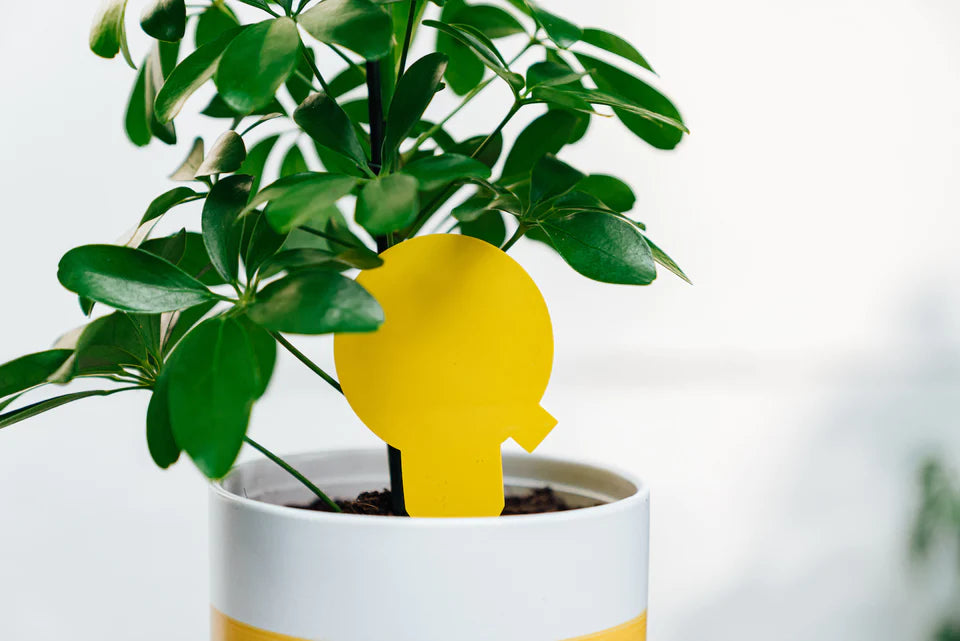
3. Use sticky traps
Sticky traps are another effective way to control thrip populations. These traps are coated with a sticky substance that will trap the insects when they land on it. You can purchase sticky traps online or at your local garden center.
4. Create a homemade insecticide
If you don't want to use commercial insecticides, you can create your own homemade version using ingredients that are likely already in your kitchen. One recipe calls for mixing 1 cup of vegetable oil with 1 tablespoon of dish soap. This mixture can then be sprayed onto your plants to kill the thrip insects.
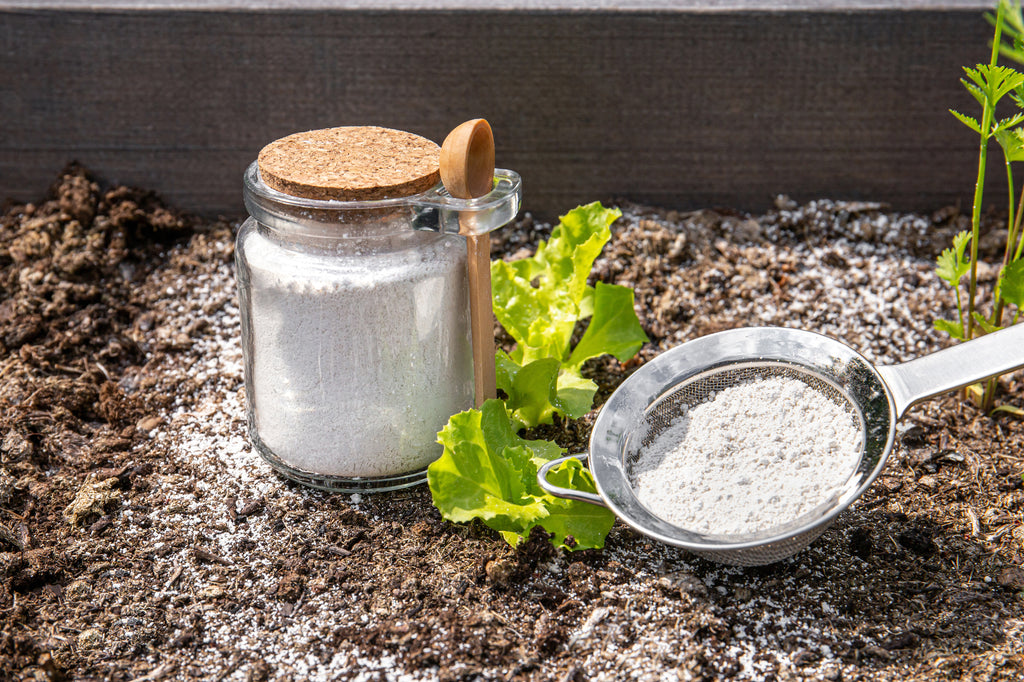
5. Use diatomaceous earth
Diatomaceous earth is a naturally occurring substance that is made up of the fossilized remains of algae. It works by puncturing the exoskeletons of insects, causing them to dehydrate and die. Diatomaceous earth can be purchased online or at your local garden center.
6. Apply neem oil
Neem oil is a botanical insecticide that comes from the seeds of the neem tree. It works by disrupting the life cycle of the thrip insect, preventing them from reproducing. Neem oil can be purchased online or at your local garden center or nursery
CHEMICAL PESTICIDES TO ERADICATE THRIPS
Are there any risks associated with using chemical pesticides?
Yes, there are some risks associated with using chemical pesticides. These pesticides can be harmful to human health and the environment if they are not used properly. Additionally, some chemical pesticides may only be effective against certain types of thrips, so it is important to choose the right pesticide for your particular situation.
Bayer Garden Provado Ultimate Fruit and Vegetable Bug Killer Concentrate
Get rid of those pesky garden bugs instantly with 'Bayer Garden Provado Ultimate Fruit and Vegetable Bug Killer Concentrate'! Mix it according to the instructions, give your plants a quick spritz - both on top and underneath their leaves - then bid farewell to your unwelcome visitors. And don't forget: isolate any infested specimens for at least one month after treatment is complete just in case they stage another comeback attempt.
Isopropyl Rubbing Alcohol
For an extra punch against those pesky bugs, you can't go past Isopropyl Rubbing Alcohol. It'll take down any unwelcome critters in a few hours! Make sure to get your hands on some from most online stores and follow the manufacturer's instructions for application - do this every two weeks until there is no trace of bug life remaining. Be mindful that it should be kept away from others as part of safety precautions when tackling these intruders.
How to Prevent Thrips Infestation
There are a few things that you can do to prevent thrips from infesting your houseplants. First, make sure that you inspect your plants carefully before bringing them inside your home. Second, keep your plants healthy by giving them proper care and attention.




